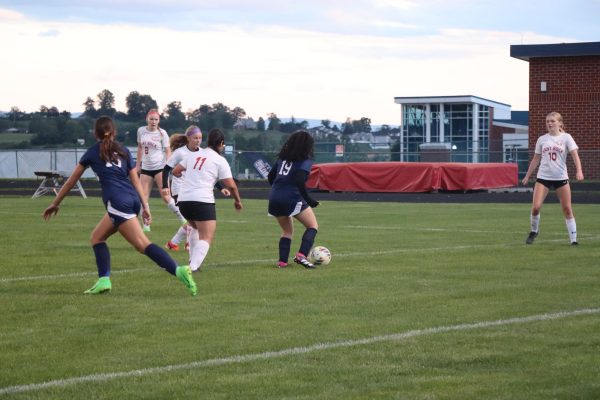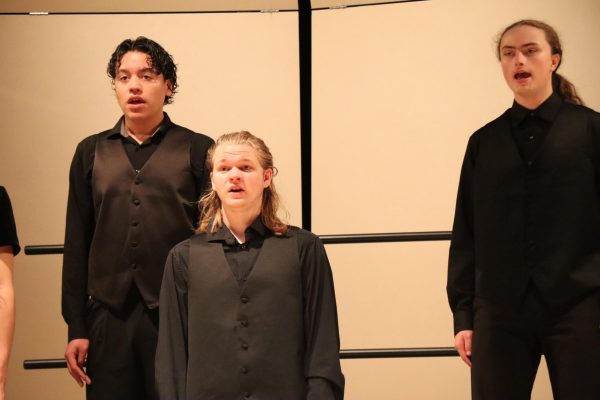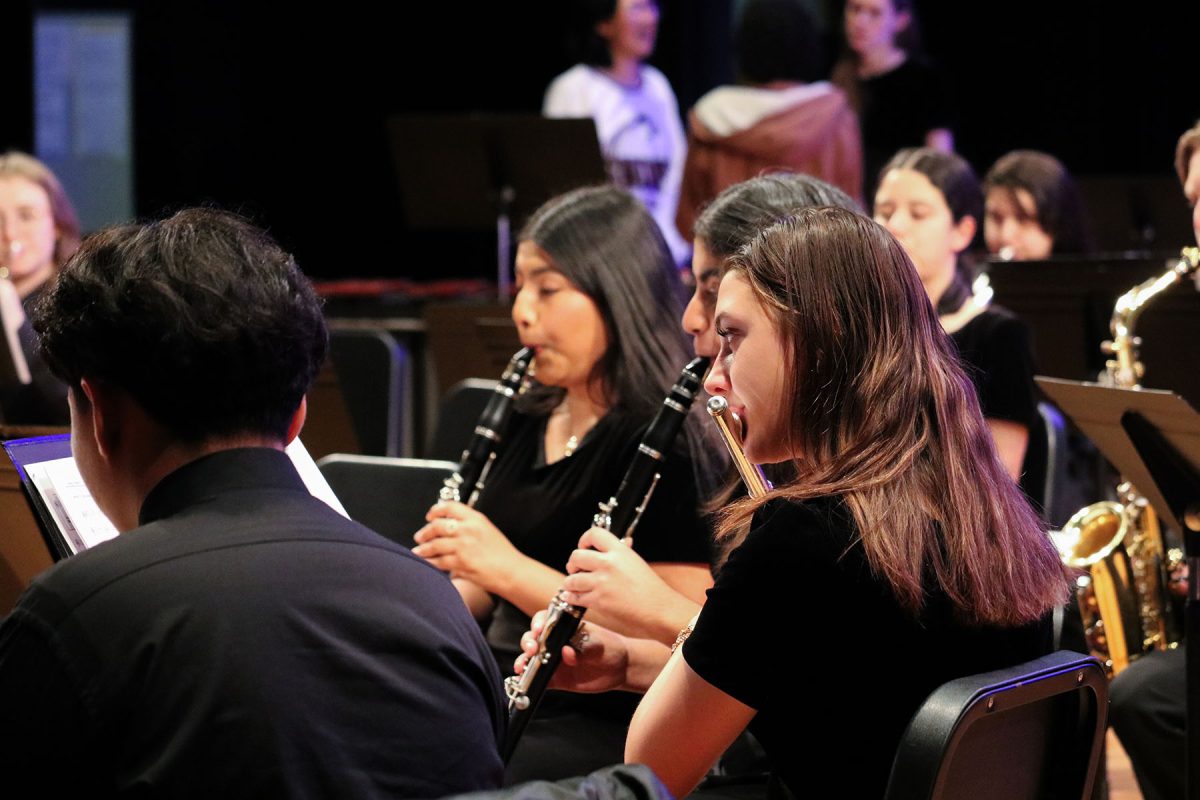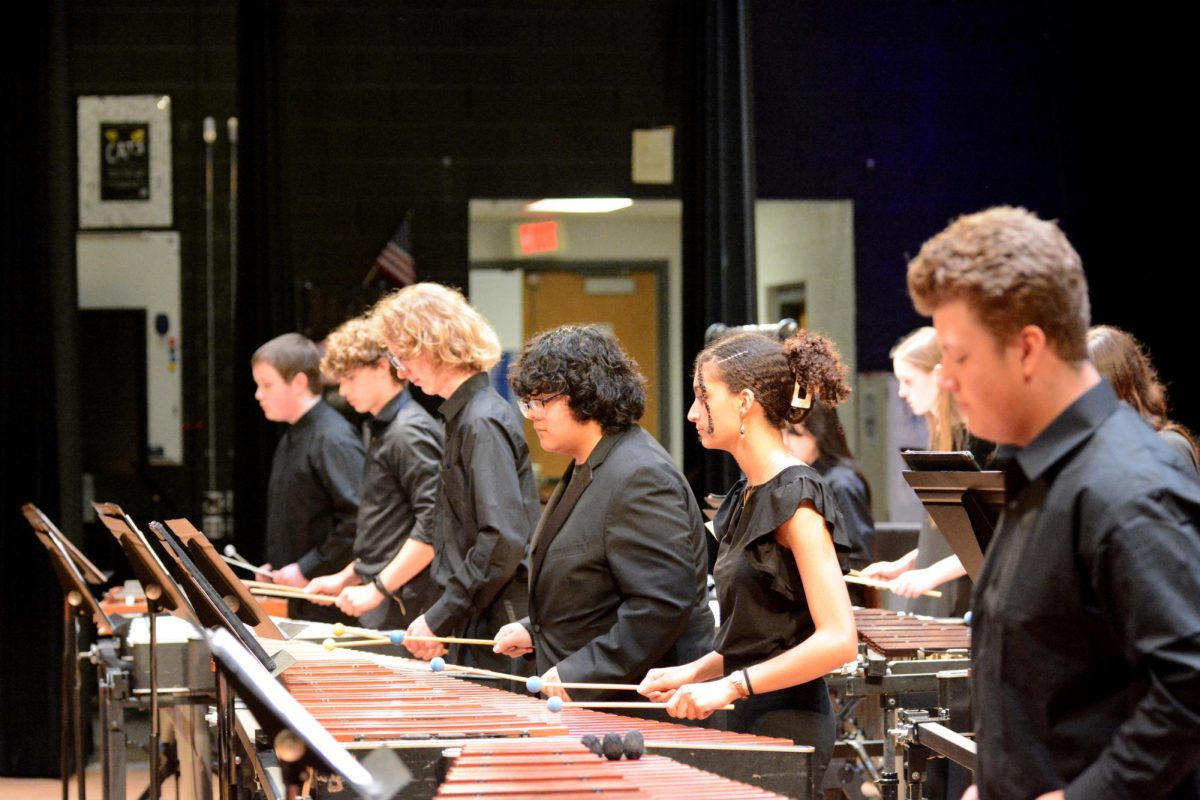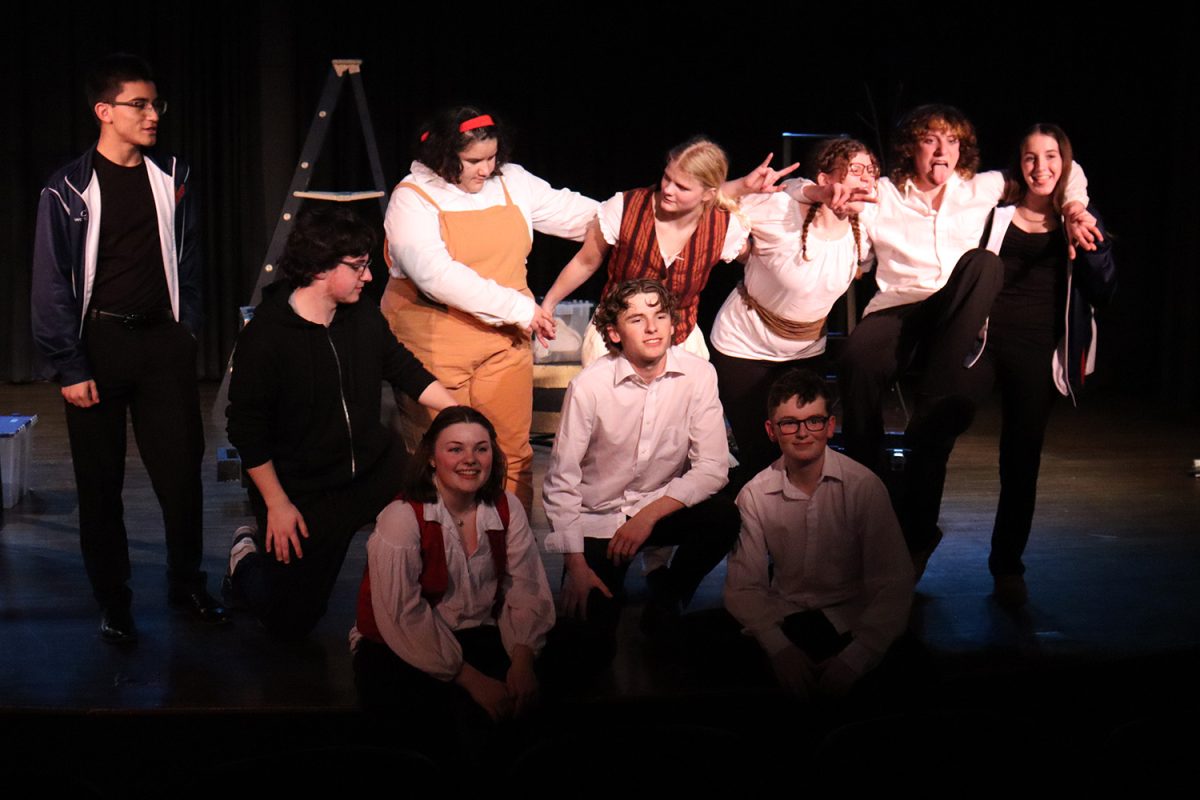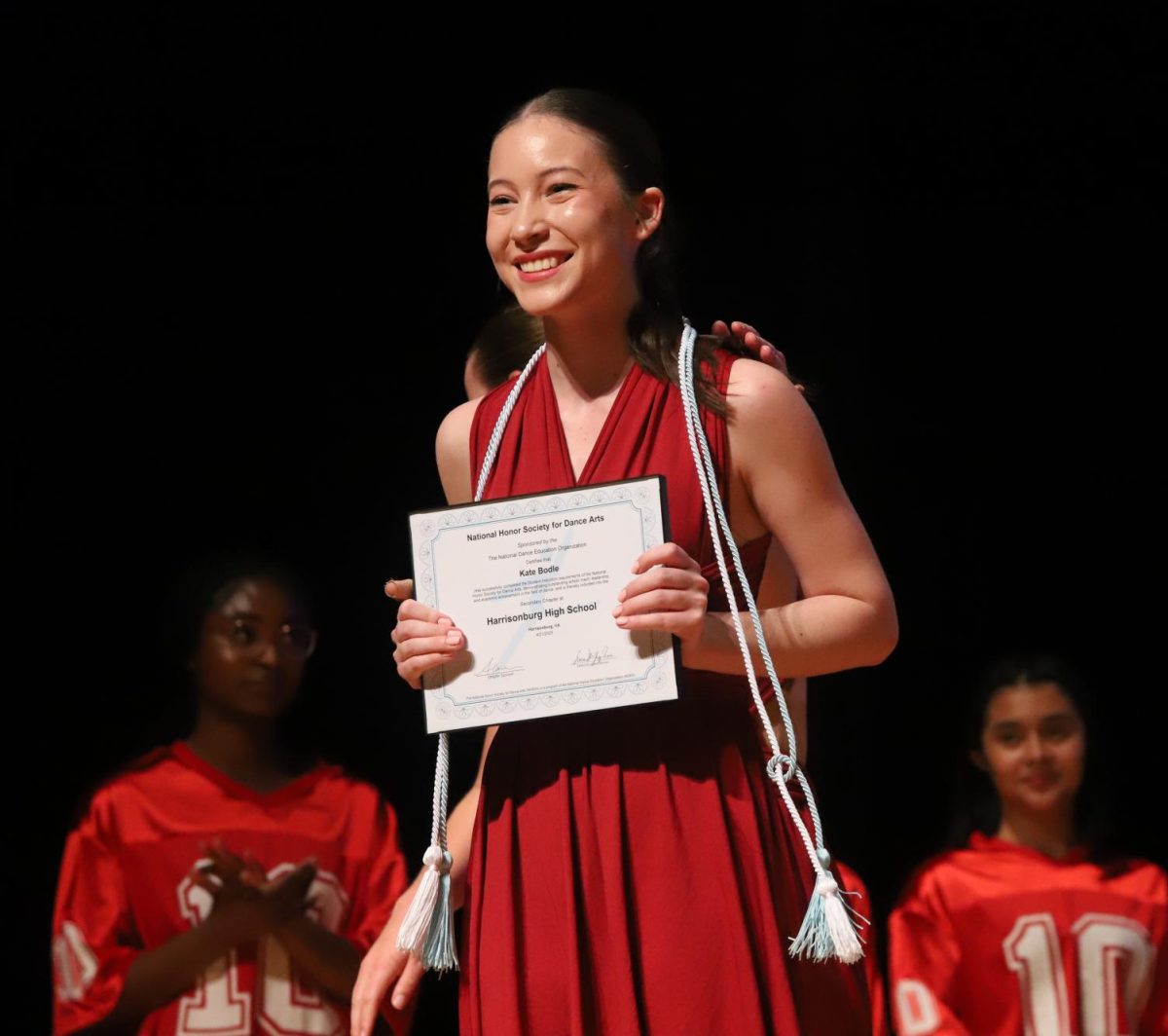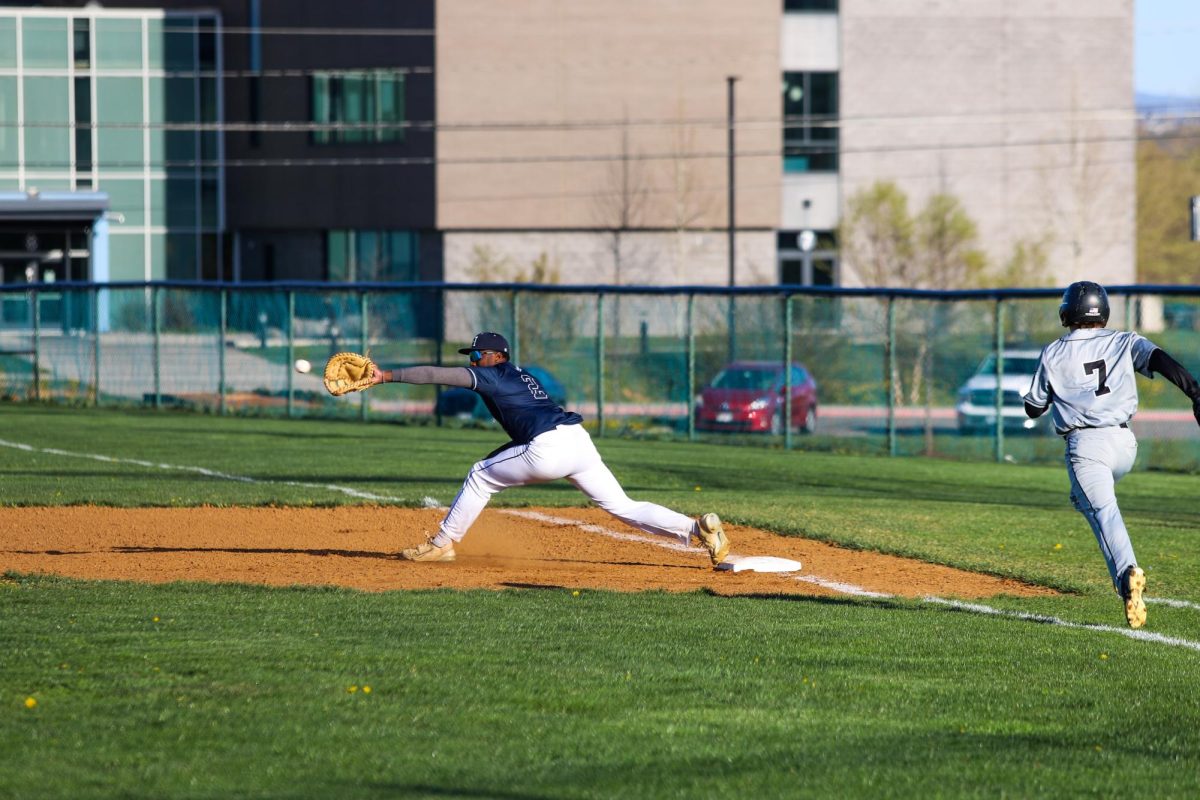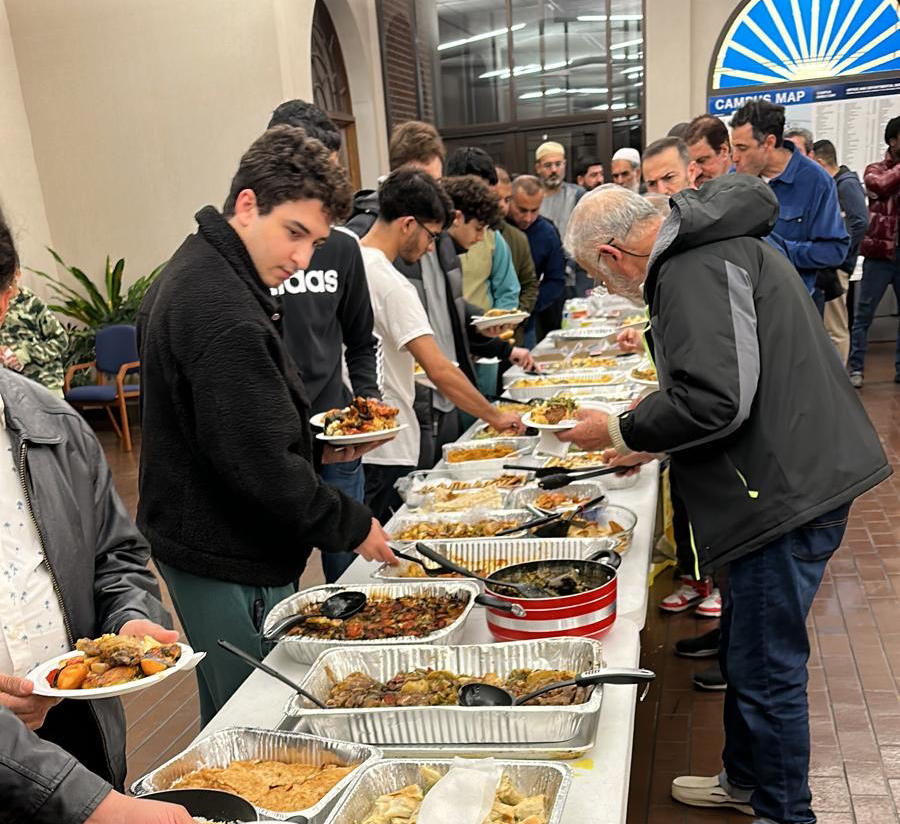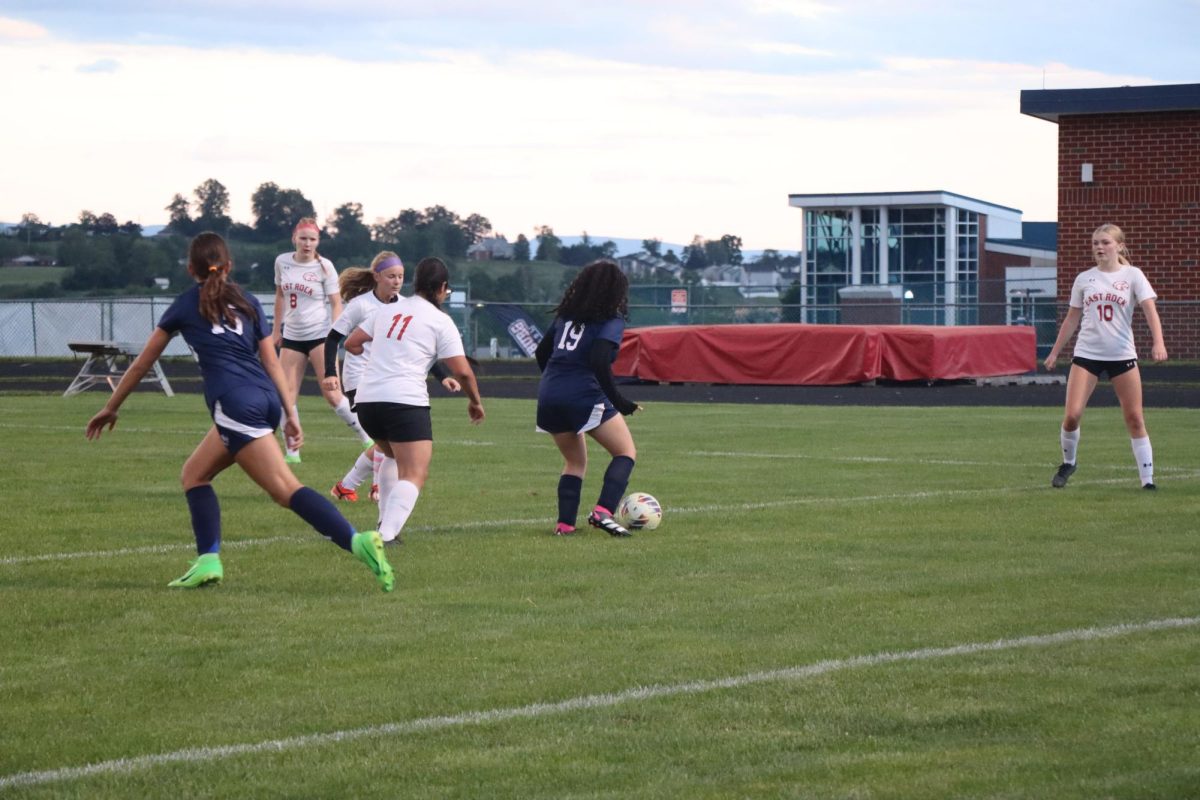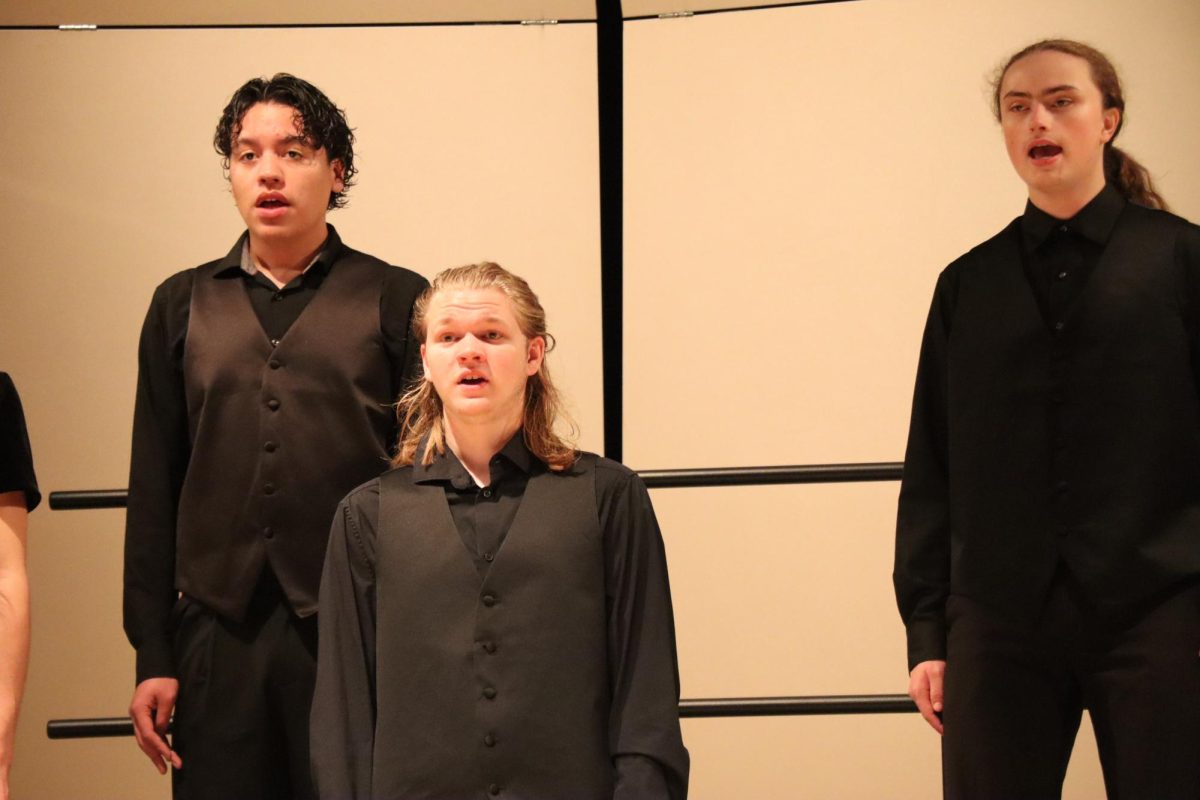Virginia elementary, middle schools compete in LEGO Robotics tournament
December 4, 2016
The HHS parking lot filled to its maximum capacity, flowing over into the bus and the teacher lots. Driving by, one might think of a sports rivalry or a state football game. Instead, this occurrence was not the result of a sports team rivalry game, but instead, the state LEGO robotics tournament on Dec. 3-4.
School and extracurricular groups from across Virginia congregated at HHS from 8:00 a.m. to 4:00 p.m. to test and compete with their robots. The competition is an annual event that is always held at the JMU Memorial Hall on Saturday and HHS on Sunday. This year’s competition brought some 550 competitors and parents, of which HCPS was represented by the THMS robotics club, R4J Titans.
For R4J Titans, the process of reaching the state tournament began in late August when head coach Steven Rittenhouse assembled the team of five rookies to the program. They practiced three days a week from 3:15 p.m. to 5:00 p.m. Seventh grader, Jadon Biller, was a member of the original team.
“In preparation, we had to build the robot so that it could complete all of the challenges, then we had to program it the same way, and then we had to combine the two to see if the programming would work with our robot. After that, it was all refining the programming,” Biller said.
Before the group could ascend to states, they had to pass the regional competition.
“We did pretty well at regionals. We had the overall best score which wasn’t calculated by an average. We placed first in everything,” Biller said.
There are two criteria that a team must meet to compete in the tournaments: they must have a robot that can complete the challenges that it is given, and they must have a project that integrated robotics into problem solving in the real world. Head Coach Steven Rittenhouse was met with some challenges with the robot programming.
“Having an all rookie team meant that none of them knew how to program too well. Some of them were familiar with similar programming, but I still had to teach them from scratch how you get it to steer and all of the other fun stuff,” Rittenhouse said.
Despite these initial troubles, Rittenhouse believes that he has seen progress.
“[Our] programming has gotten a lot better. We were using a robot that we had never used before so we had to do a lot more research and watch some YouTube videos. I would ask the kids where we can apply a certain programming sequence and they would talk about it and then tell me,” Rittenhouse said.
He also believes that the team has grown not just on the competition aspect, but as a whole group.
“Another strength of ours is our teamwork. At the beginning of the season, we didn’t all get along too well. A decision would be made, but not everyone would agree with it, so that caused some troubles. Since then, they have gotten a lot better at making a decision that everyone will agree with. That’s what makes us special,” Rittenhouse said.
For the project this year, all teams had to create an applied robotics idea in order to solve a real world problem relating to issues in the animal kingdom.
“We had to identify a problem and find a solution for it. My kids decided to work on catch and release fishing because they had had some experience with it. They realized that hooks can often get stuck farther down a fish’s throat and that will often times kill it. They came up with a biodegradable hook that would have no long-lasting effects on the fish,” Rittenhouse said.
The project was judged on Saturday at the JMU competition, and their robot was tested Sunday. The team was given two minutes and thirty seconds to complete as many challenges as they could on the table. A challenge could include climbing over a miniature fence or pushing a crate into a designated area. For each challenge completed within the time, the team would be awarded a certain amount of points depending on the task.
“Because there were so many groups that wanted to win the highest amount of points, there was a lot of competitiveness in the tournament,” Biller said.
Despite this, Biller chose to focus on what he thought was more important.
“We’re here to have fun, we’re not really her to just win it,” Biller said. “We’ll be happy whether we win or lose.”
Tournament recap:
“The robot performance didn’t go as well as expected, and they only earned 46 points. In the regional tournament they earned 86 points, so this was a disappointment. They did quite well on the judged events, however. According to the rubric they scored in both the accomplished and exemplary zones (these are the highest two zones). In the teamwork challenge they scored exemplary in every category, so that was quite exciting. Even though the scores and robot performance weren’t quite as high as expected, every student was excited for the prospect of next year and the improvement that they can make,” Rittenhouse said.




